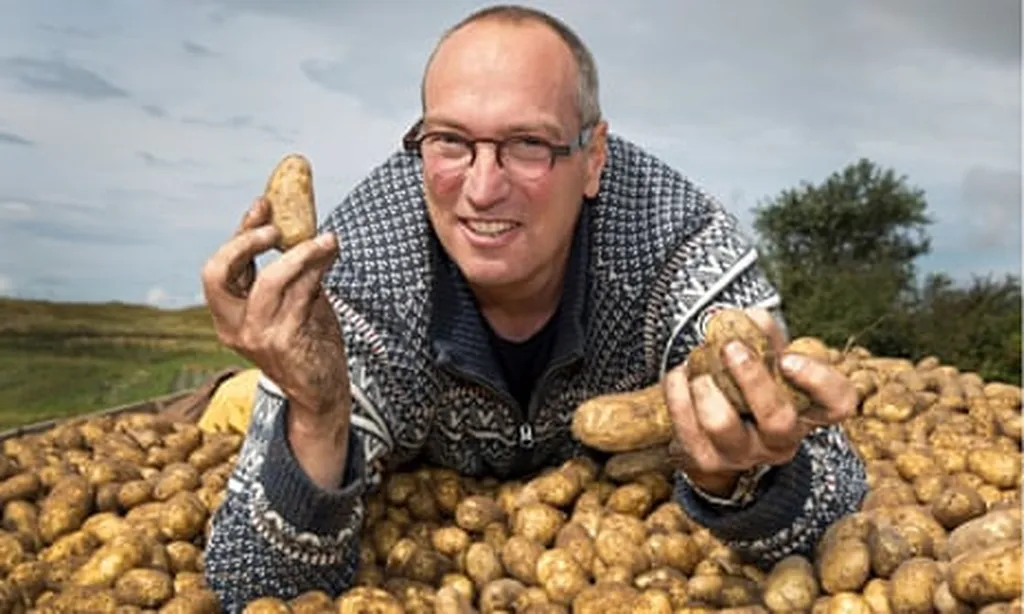In the heart of Pakistan’s bustling Lahore, a team of researchers led by Muhammad Zahid Mumtaz at the Institute of Molecular Biology and Biotechnology, The University of Lahore, is unraveling the intricate dance between plants, minerals, and microbes. Their work, recently published in *Frontiers in Microbiology* (which translates to “Frontiers in Microbiology” in English), is shedding light on the hidden world beneath our feet and its profound implications for sustainable agriculture and the energy sector.
The research delves into the complex interactions between plant growth-promoting bacteria (PGPB), minerals, and plants. These interactions, occurring in the soil microbiome, are crucial for biogeochemical processes like biological nitrogen fixation (BNF) and mineral solubilization. “Understanding these interactions is like deciphering a secret code that nature has been using for millennia,” Mumtaz explains. “It’s a symphony of signals and responses that ultimately enhance plant growth and health.”
The findings could revolutionize the way we think about biostimulants in agriculture. Biostimulants are substances used to improve plant productivity as a result of a number of processes. They are not fertilizers, but they can help plants absorb nutrients more efficiently. By harnessing the power of PGPB, farmers could reduce their reliance on chemical fertilizers, leading to more sustainable and environmentally friendly practices.
For the energy sector, the implications are equally significant. Plants are the ultimate solar energy converters, and enhancing their growth and productivity could lead to more efficient bioenergy crops. Moreover, understanding how microbes help plants solubilize minerals could open new avenues for bio-mining, where plants and microbes are used to extract minerals from low-grade ores.
The research also highlights the importance of preserving and promoting biodiversity in agricultural systems. “Each plant-microbe-mineral interaction is unique, and we’re just scratching the surface,” Mumtaz says. “There’s a vast, untapped potential out there, and it’s our responsibility to explore and harness it sustainably.”
As we face the challenges of climate change and food security, this research offers a glimmer of hope. It reminds us that the solutions to some of our most pressing problems might be found not in high-tech labs, but in the soil beneath our feet. The future of agriculture and energy might well lie in the hands of these tiny, invisible partners: the microbes.
This work not only advances our scientific understanding but also paves the way for innovative, sustainable practices that could reshape the agricultural and energy landscapes. As we continue to explore and understand these interactions, we unlock the potential for a more sustainable and productive future.

